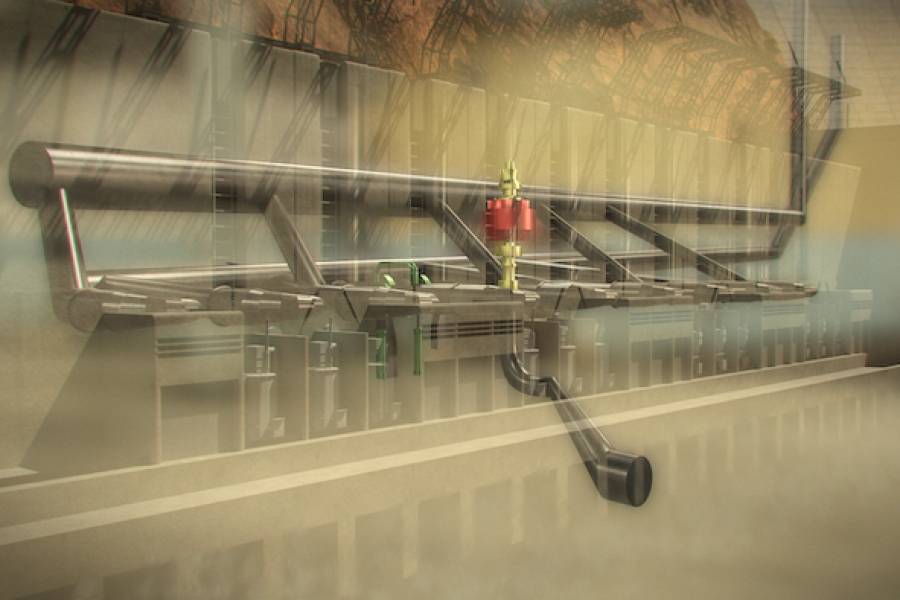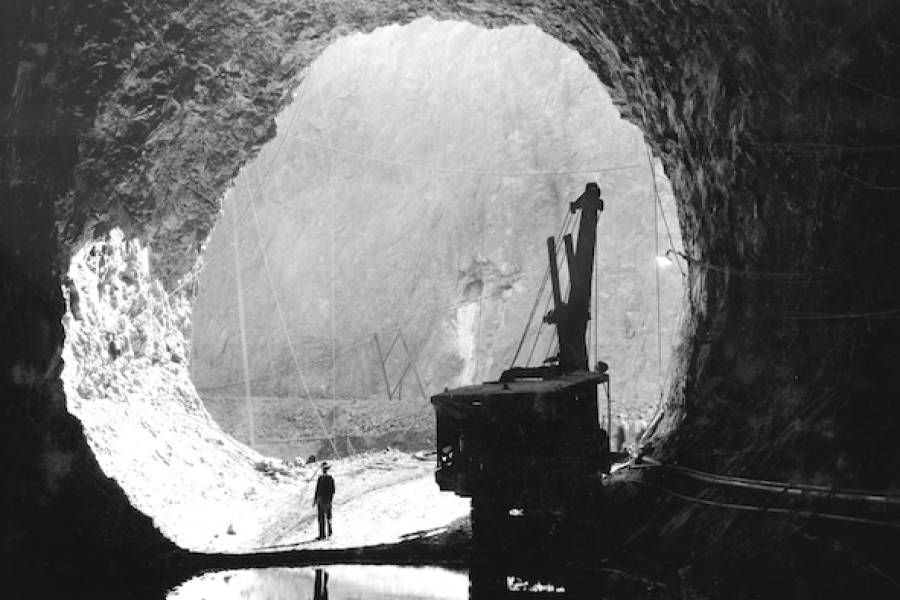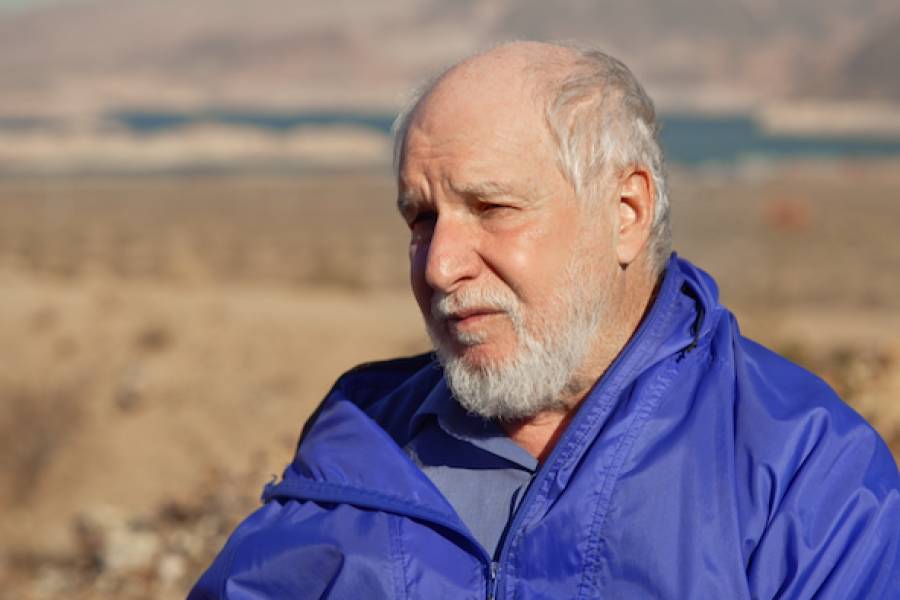Hoover Dam: Standing Tall
1x52' HD
Trailer - English
Trailer

52' - English
Screener

52' - French
Screener
The Hoover Dam is a massive structure situated on the Colorado River, spanning the border of Arizona and Nevada in the United States. It stands 722 feet tall, 660 feet wide at its base, and 1,244 feet long, making it one of the largest dams in the world. To put it into perspective, it's even taller than the Pyramid of Giza in Egypt!
During the construction of the dam, over 3 billion cubic yards of concrete were used, the largest amount ever poured in the world! It's enough to build a highway that connects San Francisco to New York. The project required the labor of about 20,000 men and took almost five years to complete.
The project was faced with unprecedented challenges at the time. Engineers had to decide on what type of dam would be able to withstand the immense pressure of the Colorado River. They also had to figure out the best construction techniques to use. Ultimately, they settled on pouring an unprecedented amount of concrete to create a "plug" that was 800 feet between the two walls of the Black Canyon. But how could they produce and dry so much concrete in temperatures that exceeded 104°F?
These visionary engineers successfully reshaped the geography of a barren, desert region by creating the largest reservoir in the country - Lake Mead, with an impressive area of 68.3 square miles. This reservoir made it possible to irrigate new farmland and provide water to Las Vegas, ensuring the city's growth and success.
- 1x52' HD
- RMC Production, RMC Films, RMC Découverte
- Vivien Floris
- English, French
- Megastructures, History














